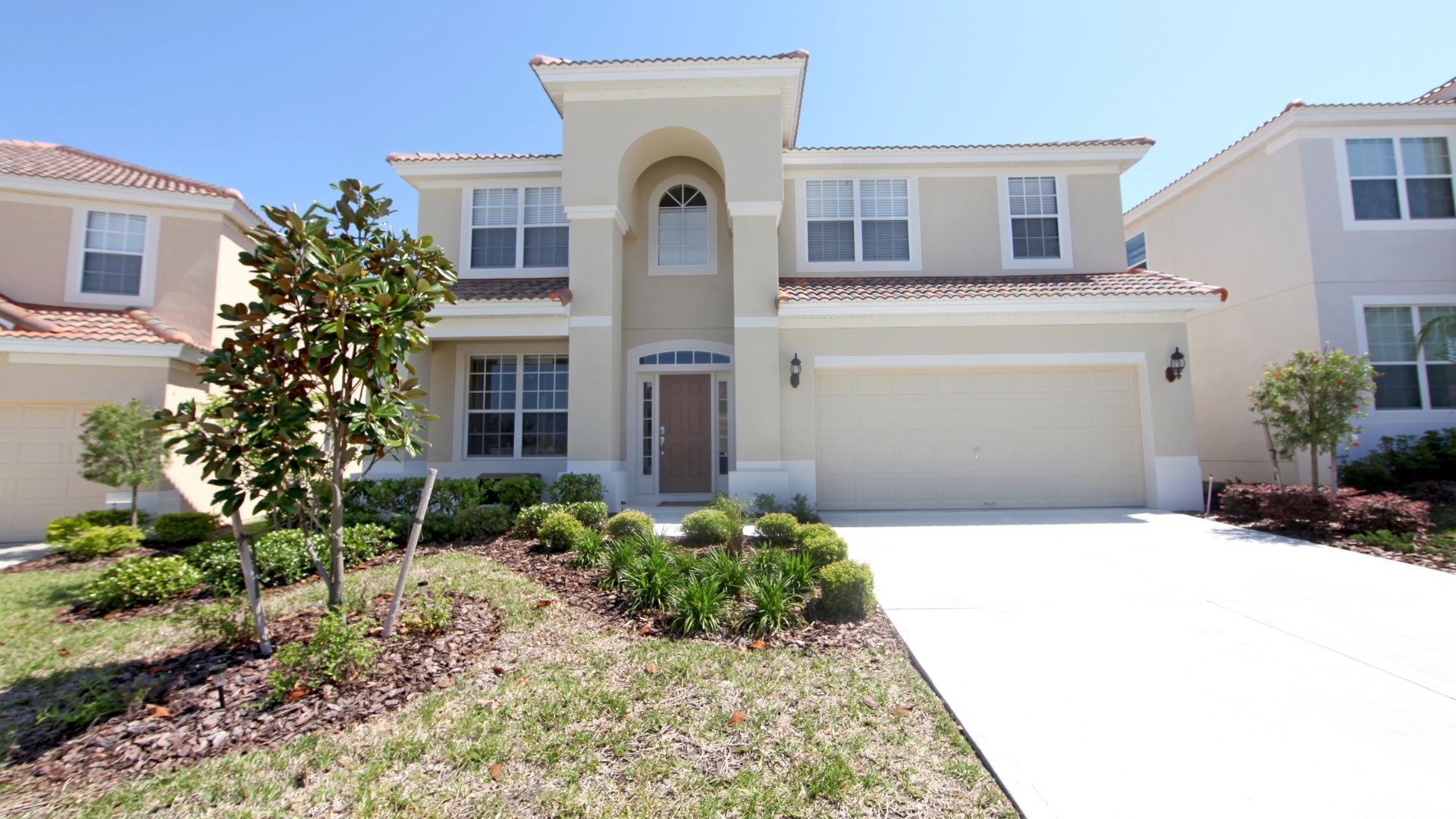"Suuper Seller" Housing Market Raises Fraud Risk to 13-Month HIgh
Didier Malagies • September 1, 2020
"Super Sellers" Housing Market Raises Fraud Risk to 13 - Month High
‘Super Sellers’ Housing Market Raises Fraud Risk to 13-Month High
National Mortgage News
Written by: Paul Centopani
The refinance boom kept mortgage loan application defect risk flat — at record-low levels in July — but fraud risk for purchases climbed again, according to First American Financial.
First American’s Loan Application Defect Index remained at 61 in July from June, but fell from 76 compared to the same period the year before.That overall annual drop of 19.7% can be attributed to the continual descent of the refinance index. The refi index decreased to a score of 50 in July, down from 52 in June and 69 in July 2019 — a 27.5% decline year-over-year and new record low.
However, the purchase component rose for the fourth month in a row, inching up to 83 from June’s 82 and 80 the year prior. It matched the highest reading since June 2019, driven by the intense competition of inventory shortages. In the last three months, the purchase index rose 7.8% while the refinance side dropped 5.7%.
“Historically low mortgage rates are prompting eager buyers into a housing market with a severe shortage of homes for sale, making for a very competitive home-buying market,” Odeta Kushi, First American’s deputy chief economist, said in a statement. “In today’s super seller’s market, borrowers have more motivation to misrepresent information on a loan application in order to qualify for the bigger mortgage necessary to win the bidding war for a home. If this dynamic persists, it is an environment ripe for rising purchase fraud risk.”
At the state level, Wyoming posted the highest defect score at 79, with 78 in Idaho and 77 in both Maine and South Dakota. Scores of 42 in New Hampshire, 46 in West Virginia and 49 in Alaska were the lowest. Meanwhile, Alaska exhibited the most short-term fraud risk growth, with its index increasing 8.9% in July from June. Vermont’s 7.1% and Pennsylvania’s 5.9% followed.
Broken down to metro areas, the top fraud risk index of 85 came in McAllen, Texas. Syracuse, N.Y., was second at 81 and Chattanooga, Tenn., third at 78. Scores of 47 in San Antonio and 48 in both Bakersfield, Calif., and Detroit occupied the other end of the spectrum.
The largest monthly jump came in Scranton, Pa., with index growth of 24.5%, followed by 7.7% in Des Moines, Iowa, and 7% in Allentown, Pa.
Since all loan transactions are now being done digitally, mortgage companies need to look for digital answers to combat and avoid any fraudulent applications.
“With a sharp increase in fully online transactions, lenders need to be more proactive than ever when it comes to fighting fraud,” Sam Bobley, CEO of Ocrolus, said in a statement to NMN. “The good news is that lenders can now significantly bolster their fraud defense capabilities with just a few lines of code. Lenders can deploy application programming interfaces to fight different types of borrower fraud and programmatically corroborate data across multiple sources.”
Start Your Loan
with DDA todayYour local Mortgage Broker
Mortgage Broker Largo See our Reviews
Looking for more details? Listen to our extended podcast!
Check out our other helpful videos to learn more about credit and residential mortgages.

✅ the principal you borrowed ✅ all interest paid over the years ❌ It does NOT include taxes, insurance, or HOA unless noted. Because longer terms spread payments out more slowly, they lower the monthly payment but massively increase total interest paid. Below is a simple example to show how total payments change by loan term. ✅ Example: $300,000 loan at 6% interest 15-Year Mortgage Monthly payment: ≈ $2,531 Total paid: ≈ $455,682 Total interest: ≈ $155,682 30-Year Mortgage Monthly payment: ≈ $1,799 Total paid: ≈ $647,514 Total interest: ≈ $347,514 40-Year Mortgage Monthly payment: ≈ $1,650 Total paid: ≈ $792,089 Total interest: ≈ $492,089 50-Year Mortgage Monthly payment: ≈ $1,595 Didier Malagies nmls212566 DDA Mortgage nmls32432 Total paid: ≈ $956,140 Total interest: ≈ $656,140 ✅ Summary: Total Payments by Loan Term Term Monthly Payment Total Paid Over Life Total Interest 15-Year ~$2,531 $455,682 $155,682 30-Year ~$1,799 $647,514 $347,514 40-Year ~$1,650 $792,089 $492,089 50-Year ~$1,595 $956,140 $656,140 ✅ Key Takeaway A longer mortgage = lower payment, but the total paid skyrockets because interest accrues for decades longer. tune in and learn https://www.ddamortgage.com/blog didier malagies nmls#212566 dda mortgage nmls#324329

Here are the main types of events that typically cause the 10-year yield to drop: Economic slowdown or recession signs Weak GDP, rising unemployment, or falling consumer spending make investors expect lower future interest rates. Example: A bad jobs report or slowing manufacturing data often pushes yields lower. Federal Reserve rate cuts (or expectations of cuts) If the Fed signals or actually cuts rates, long-term yields like the 10-year typically decline. Markets anticipate lower inflation and slower growth ahead. Financial market stress or geopolitical tension During crises (wars, banking issues, political instability), investors seek safety in Treasuries — pushing prices up and yields down. Lower inflation or deflation data When inflation slows more than expected, the “real” return on Treasuries looks more attractive, bringing yields down. Dovish Fed comments or data suggesting easing ahead Even before actual rate cuts, if the Fed hints it might ease policy, yields often fall in anticipation. tune in and learn https://www.ddamortgage.com/blog didier malagies nmls#212566 dda mortgage nmls#324329



